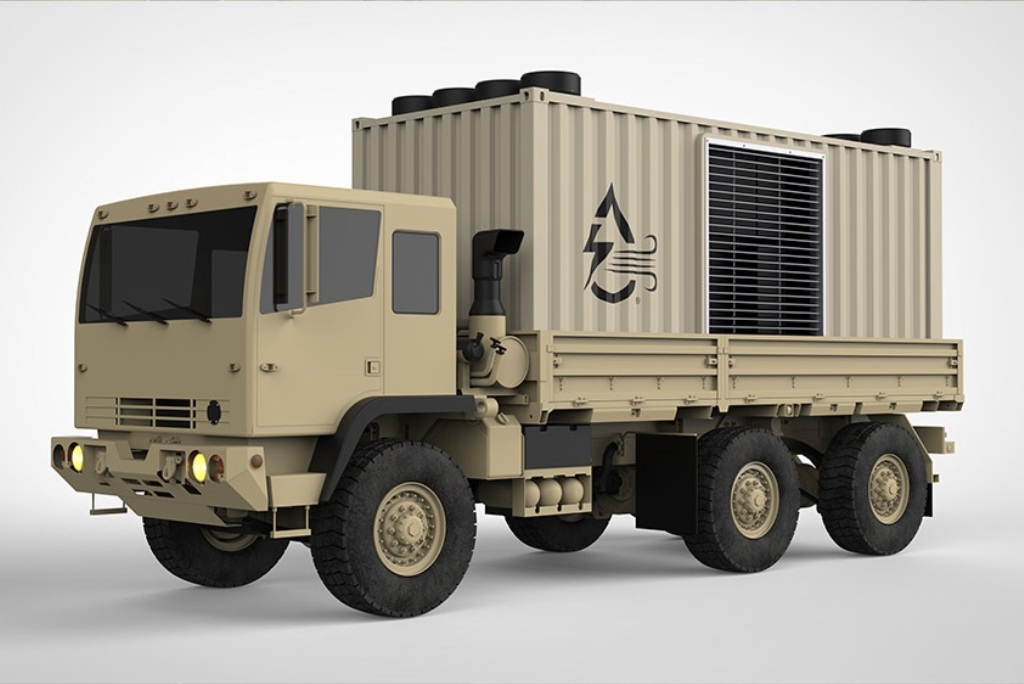Tragic Mid-Air Collision: Understanding the UH-60M Black Hawk and American Airlines Flight Accident
On a fateful Wednesday night over the Potomac River, a catastrophic mid-air collision between an Army UH-60M Black Hawk helicopter and an American Airlines passenger plane claimed multiple lives, with no survivors reported in the aftermath. The incident, occurring around 9:00 p.m. local time, unfolded in one of the nation’s busiest airways, raising significant concerns regarding aviation safety and operational protocols in the National Capital Region.
The Nature of the Collision
In the wake of this tragedy, defense officials have shed light on the circumstances surrounding the collision. Notably, it was confirmed that the UH-60M Black Hawk involved in the accident was not equipped with any experimental autonomous flight capabilities. This revelation comes despite ongoing Army experiments integrating AI technology into aviation operations. Jonathan Koziol, chief of staff at the Headquarters Department of the Army Aviation Directorate, emphasized that the Black Hawk did not deploy any AI systems during this mission.
"With any testing like that… it’ll be away from populated areas," Koziol explained during a media call, highlighting the Army’s commitment to minimize risks in urban airspaces. His comments suggest that the Army prioritizes safety by ensuring that experimental technologies are tested in controlled environments, far removed from civilian air traffic.
The Investigation and Its Implications
The U.S. National Transportation Safety Board (NTSB) is leading the investigation into the collision, with the Army closely supporting their efforts. As part of the investigative process, authorities hope to recover data from the flight recorders, commonly known as "black boxes," which could offer critical insights into the final moments of both aircraft. Koziol explained that the information gathered—such as altitude, speed, and engine performance—will be crucial for understanding the circumstances leading to the deadly crash.
The investigation also aims to address broader safety concerns regarding D.C. airspace. Defense Secretary Pete Hegseth acknowledged the significance of this incident within the context of military aviation, particularly in evaluating how night-vision equipment may affect pilots’ performance during nighttime operations.
Night-Vision Technology and Pilot Performance
Notably, the Black Hawk crew involved in the collision was undergoing a standard annual night evaluation, equipped with night-vision goggles. However, Koziol noted that experienced military pilots often have the option to fly "unaided," meaning without the assistance of night-vision technology. This raises an important question about operational standards and safety protocols during training exercises in congested areas.
“It does help the air crew members, but we also have requirements to fly… unaided,” Koziol articulated, hinting at the complexities of pilot training and situational awareness in challenging environments like D.C.
Current Trends in Military Aviation Safety
This collision comes at a time when the Army is grappling with a rising trend of aviation mishaps. The current fiscal year has seen the highest number of Class A flight mishaps in a decade, a stark contrast to previous years of relative safety in Army aviation. According to reports, there were 15 Class A incidents over the past year, up from just four in fiscal 2022.
Koziol highlighted the Army’s response to this troubling trend through the initiation of an Army Aviation Safety Stand-Up in April 2024, which aims to reinforce safety training and standard operating procedures. These preparations underscore the Army’s commitment to learning from this tragedy and improving their aviation protocols to prevent future accidents.
The Future of Army Aviation and AI Integration
While this particular incident did not involve autonomous flight technologies, the Army’s exploration into AI-enabled capabilities continues to evolve. Under a $6 million contract with Sikorsky, the Army plans to test experimental systems on a modernized UH-60M Black Hawk designed for optionally piloted operations. This initiative builds on previous successful experiments integrating autonomous flight systems, highlighting the military’s broader efforts to modernize its technological capabilities in aviation.
As these developments unfold, the Army remains focused on balancing innovation with safety, ensuring that newer technologies are fully vetted before being deployed in live environments.
Ongoing Dialogue on Safety and Training
In the immediate aftermath of this tragic collision, discussions about aviation safety are more critical than ever. As leaders like Daniel Driscoll, newly nominated Secretary of the Army, pledge to prioritize aviation safety, a cultural shift may be necessary to ensure a mindful approach to risk-taking within military training protocols. The conversation around risk assessment and safety culture will likely shape future operational guidelines to promote safer training environments, particularly in high-traffic areas like Washington D.C.
As the investigation unfolds and authorities work to piece together the events leading up to the crash, the military and aviation communities will undoubtedly face challenging questions about ensuring the safety of air operations in an era of rapid technological advancement.





